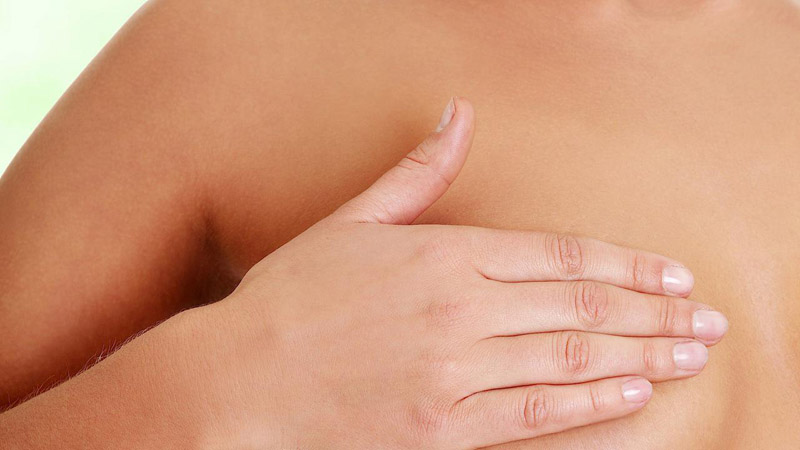Reduce the risk of breast cancer
Kathmandu
Breast cancer is the second common cause of cancer death among women in Nepal. One in 22 Asian women will develop breast cancer in their lifetime. All women are at risk. Life time risk of men getting it is one in 1,000. Eighty fiver per cent have no family history of breast cancer and 70 per cent have no risk factors at all.
What can you do to fight it?
Breast screening helps to detect cancer early before it finds you. The earlier the cancer is detected and treated, the higher the chances of survival. Survival rate in early detection is 97-100 per cent. Survival rate in late detection is 27- 30 per cent.
Do monthly breast self-examinations, clinical examination and most importantly, go for regular mammograms if you are 40 years or older.
Mammogram: It is currently the most reliable screening tool for breast cancer. It helps detect presence of any cancerous lump which is as small as a size of a rice grain even before it can be felt with the hand. If cancer is detected at that
stage, breast conservation surgery is possible. It is done for all women of age 40 years and above once ever year.
Clinical breast examination: It is done every two to three years at a clinic for all women — between the age group of 20 and 40 years, and once a year for women of age 40 and above by the specialists. It involves a physical examination by a specialists who check the breasts for lumps and abnormalities.
If there are any suspicious findings, the patient will be referred for further tests such as a mammogram, ultrasound, or a biopsy.
Breast self-examination (BSE): It involves checking your own breasts regularly. This helps you to be familiar with your own breasts so that you are aware of any changes earlier. If you discover any change, please consult your specialist. It is done once a month, five to six days after the start of menstrual cycle .
How to do Breast Self-Examination (BSE)
- In front of a mirror Look for visible changes in the breasts and nipples at each of the following positions, turning slowly from side to side:
- With arms at your sides
- Arms raised above or behind your head
- Hands on your hips and your chest muscles tensed
- Lying down
Feel for changes in the breasts, underarm and collarbone areas.
- To examine your right side:
Place a folded towel or a pillow under the right shoulder, extend the right arm with your right hand under the head. Use your left hand to feel for changes in the right breast.
- To examine your left side:
Place the towel or pillow under your left shoulder, extend your left arm, and use your right hand to check for changes in your left breast.
Using the flat surfaces of the three middle fingers, apply light, medium and firm pressure to examine all levels of breast tissue
- Feel your underarm:
Start in the hollow of your armpit moving towards your breast, make overlapping small circular motions to feel for any lumps.
- In the shower
You may perform BSE in the shower. With one arm raised, examine each breast and underarm area with the opposite hand.
When and how often should I perform BSE?
- Examine your breasts regularly once a month.
- The best time to perform BSE is about a week after the start of your menstrual period. If you no longer menstruate, do BSE on the same day of each month, for example the first of every month.
- You should still do BSE if you are pregnant, breastfeeding or have breast implants.
Based on health guidelines, the following tests (depending on age) are recommended:
40 years and below: Breast Self-Examination monthly, Clinical Breast Examination in two to three yearly
40 to 49 years: Breast Self-Examination monthly; Clinical Breast Examination yearly, and Mammogram yearly
(if considered)
Warning signs to look out for in BSE
Most lumps or changes in the breast in women under 40 years of age are not cancer but it is important that you see your doctor about them right away . See your doctor if you have any of these warning signs:
- A lump, swelling or thickening in the breast or underarm area
- Change in the size or shape of one breast
- Puckering or dimpling of the skin of the breast or nipple
- Persistent rash or change in the skin around the nipple
- Recent change in the nipple appearance, for example inversion, retraction
- Any bleeding or unusual discharge from the nipple
- Skin redness or sore on the breast
- Accentuated veins on the surface of the breast
- Unusual swelling of one upper arm
- Any enlarged lymph nodes in the armpit and collarbone areas
(Dr Rayamajhi is breast surgeon at Norvic International Hospital)






